By Aylia Batool Naqvi
Visuals by Brithi Sehra and Jerry Zhang
At Toronto Metropolitan University (TMU), diverse cultures thread together into a rich fabric of diasporas. The corridors of campus are filled with a variety of cultural identities that are represented through clothing and personal style.
Toronto is a diverse city with students who come from many different countries. The World Population Review lists various ethnic groups of Toronto’s population. For some TMU students, this can be challenging when coming to terms with personal identity.
How do they find the balance between embracing their culture while also incorporating elements of Western society fashion? At TMU, some students believe finding comfort in their cultural clothing is a way to stick to their roots and embrace where they’re from.
From the intricate designs in the Indian sari to the symbol of resistance that is the Palestinian keffiyeh, clothing is a representation of cultural expression.
Bersabel Eyob Ogbazghi, a fifth-year business management student from Eritrea, shared that the holidays make her embrace her cultural clothing more.
“If you’re a kid you always get new [traditional] clothes whenever it’s a holiday. We would get it when it’s Easter and then usually when it’s Christmas,” she reminisced.
During Ogbazghi’s upbringing, Black and Eritrean cultures intertwined together and fostered a profound sense of identity for her. However, moving to Canada thrusts her into a completely new cultural landscape.
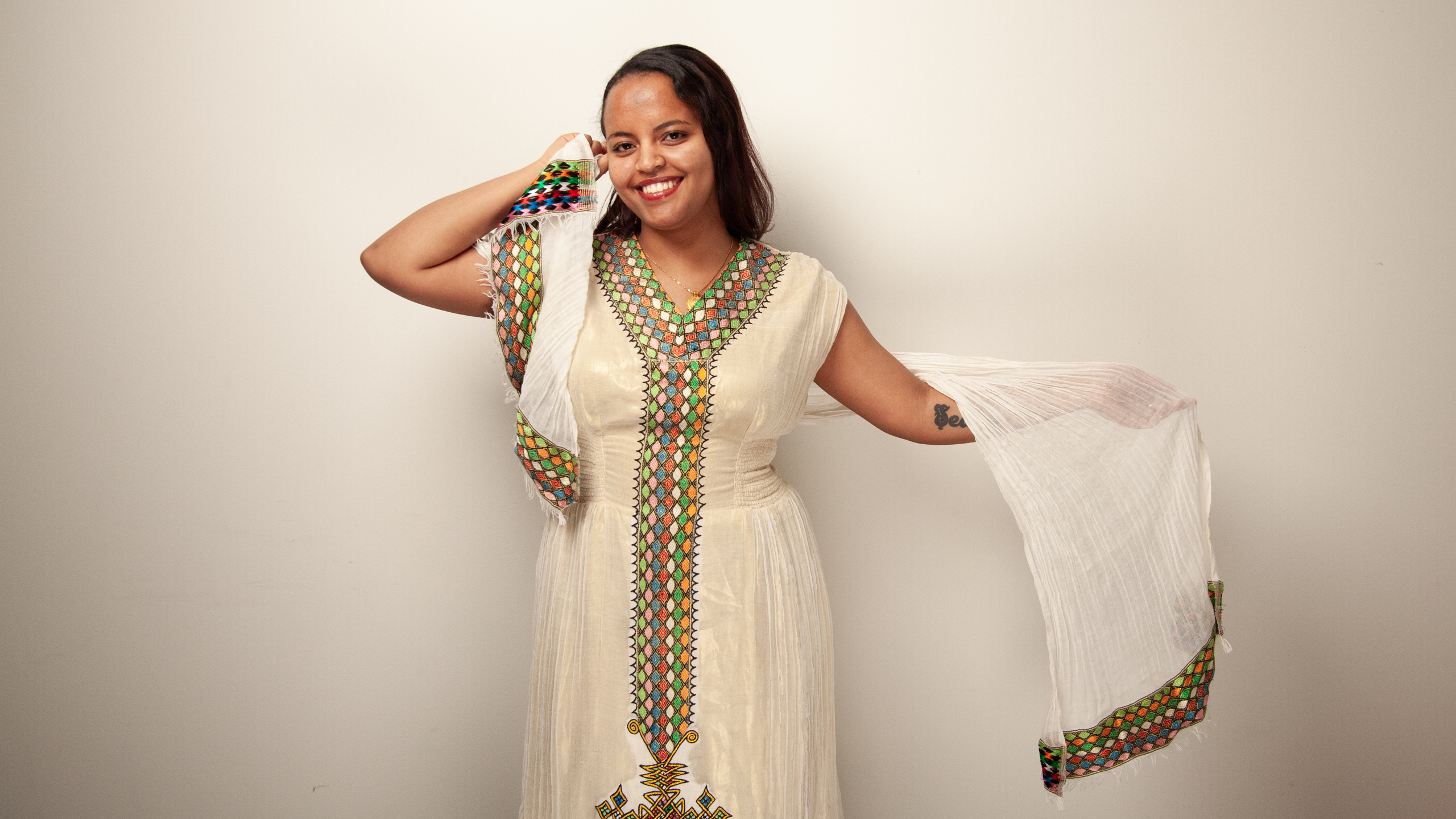
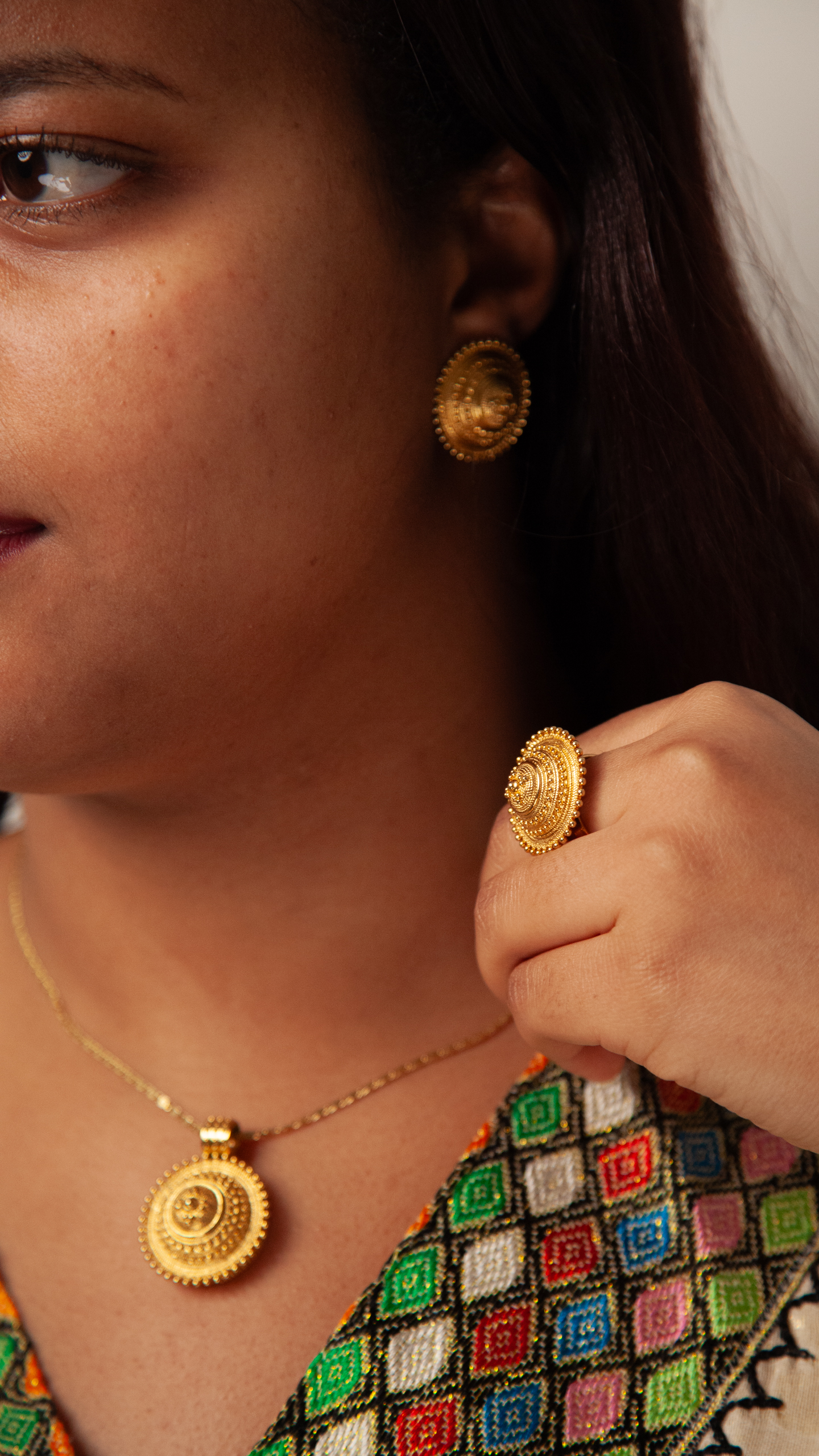
“A lot of the people that I saw growing up were Black, if not all,” Ogbazghi said. “When I came here it wasn’t like [that in] Canada, most Black people are considered as minorities, but for me, I’ve never been a minority until I came here.”
“If you’re a kid you always get new [traditional] clothes whenever it’s a holiday”
Kyle (Hy) Tran, a fourth-year creative industries student, spoke about his Vietnamese heritage, and how growing up in Vietnam shaped the way he views his culture.
“In Vietnam, I feel like we have less of an issue of gender like clothing for men, or clothing for women. It is more gender-neutral in Vietnam,” he said.
Tran emphasized the significance of Lunar New Year preparations, stating it requires extensive planning. He mentioned preparations sometimes begin a month or two in advance, especially regarding the choice of clothing.
Salwar kameez is “a traditional outfit that originates from the Indian subcontinent. It is a generic term that is used to describe different dresses.”
According to Fabricoz, the outfit is the national dress of Pakistan but is also commonly worn throughout the Indian subcontinent which also includes India and Bangladesh. The salwar—trousers—and the kameez—shirt, are two garments that combine to make the salwar kameez. They are often worn alongside a third piece of garment called a dupatta.
Sarah Ahmed, a third-year nursing student and president of the Pakistani Students’ Association, said Pakistani clothing brings her a sense of comfort and it feels like home—whether it’s formal wear or everyday wear.
“I think one important thing would be the comfort in some types of salwar kameez. Some people find sweats comfortable [and] some people find loose pants comfortable. But, if you look at it in a cultural way, sometimes wearing salwar kameez at home…You can sleep in it. It’s kind of comfortable,” Ahmed said.
She then expressed comfort and diversity within shalwar kameez and the way it ranges from comfortable home outfits to hand crafted party and wedding wear.
Rachel MacHenry, a fashion professor at TMU and designer, explained how different cultures hold significance in their fabrics.
“The very motifs that are woven or embroidered into the cloth have meaning and carry stories about the communities,” MacHenry said. “In many parts of the world, members of particular communities can be identified by the types of clothing they wear.”
She also explained how clothing has a lot to do with the geographic location of the country as well.
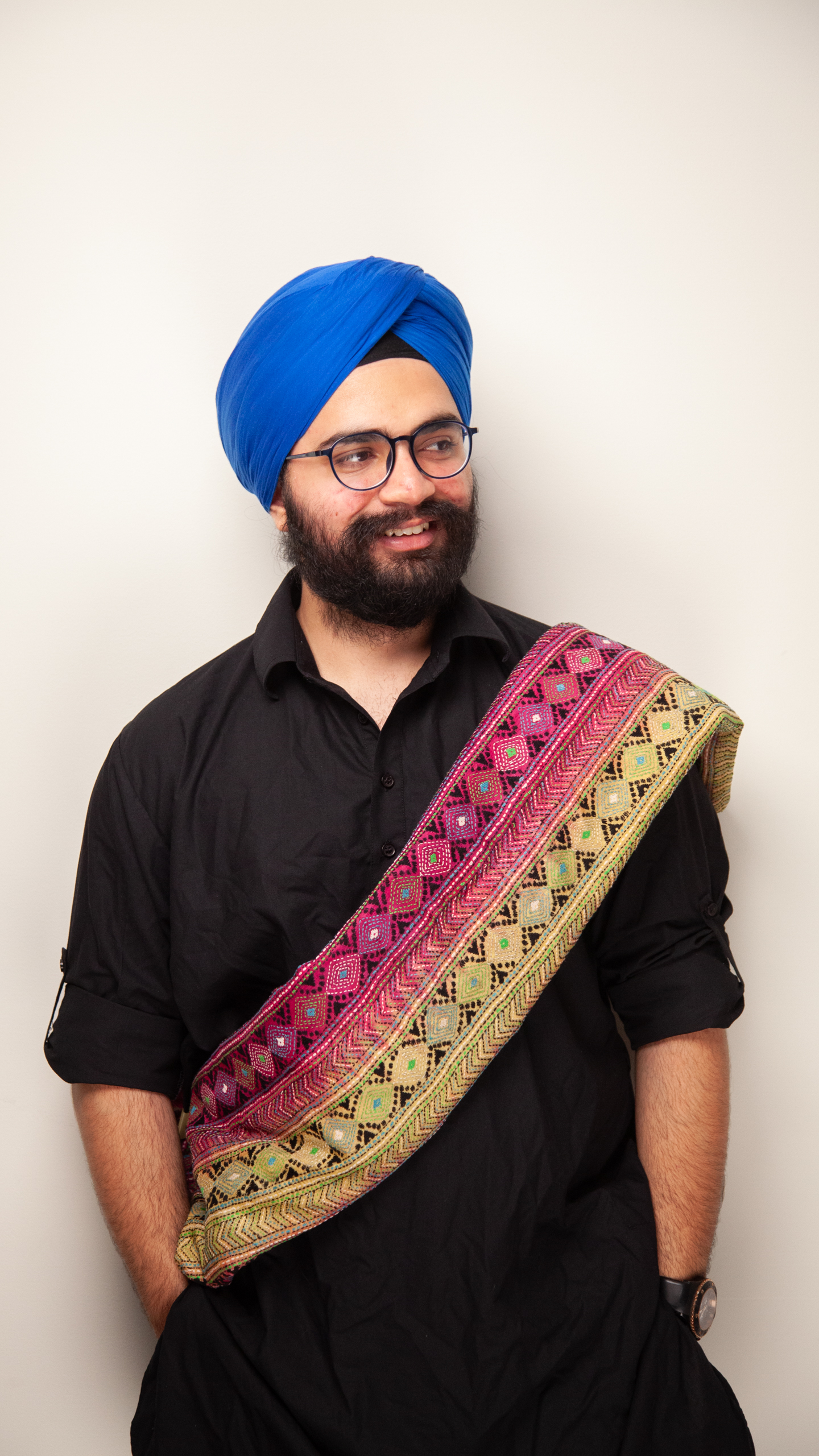
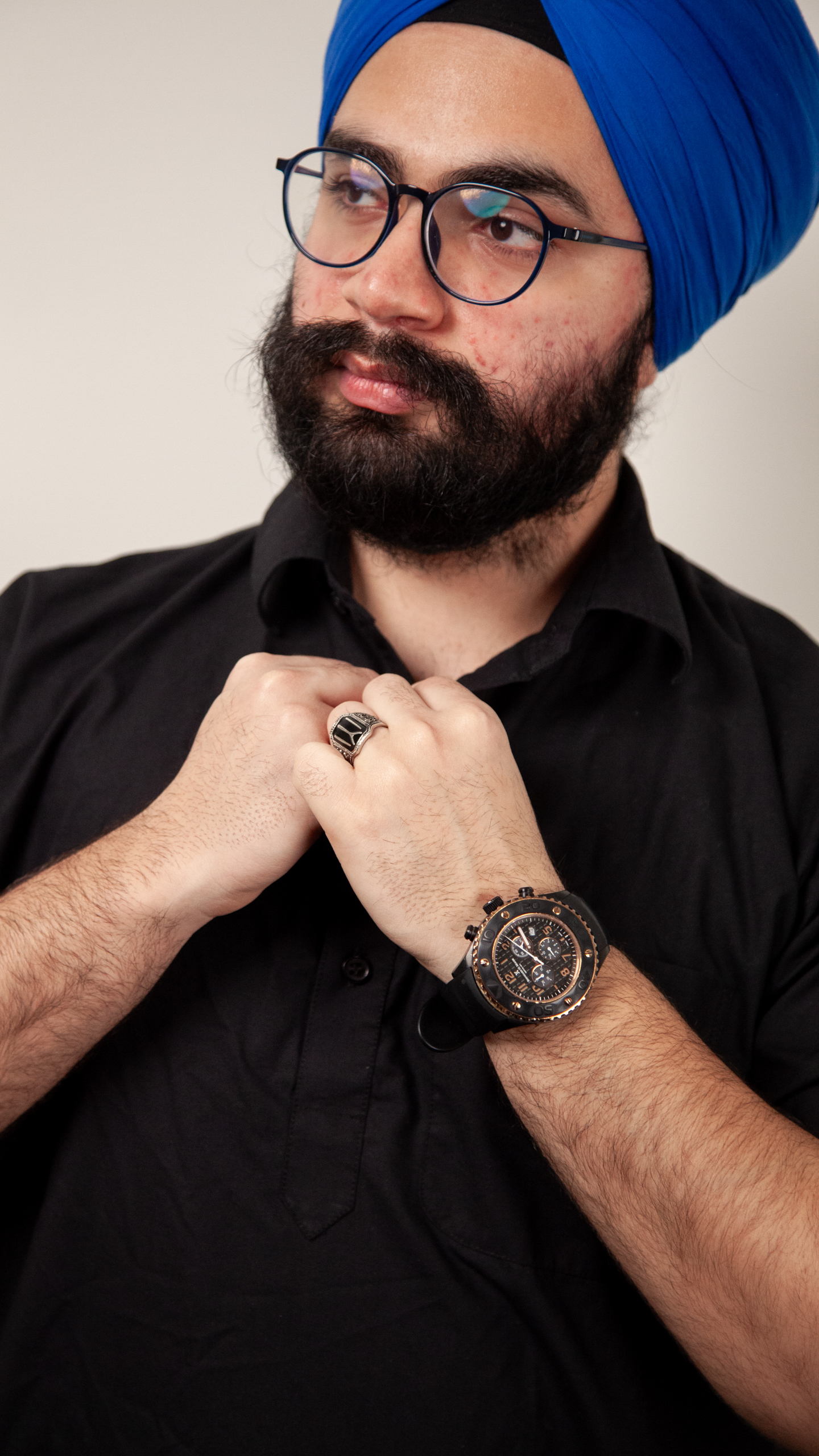
“I think clothing is so interesting because…traditionally it was highly connected to place, to the environment, to geography, to the plants and animals that grew there, to the weather that people experienced and also to the culture,” MacHenry said. “Clothing really is an expression of all of those elements.”
Jana Alnajjar, a third-year nutrition student and president of the Palestinian Culture Club (PCC) speaks on Palestinian culture and the impact it has had on her.
“I feel like I can truly represent my people, my heritage, my traditions because it all has so many intricate designs and patterns and textures, that there’s a whole story behind one piece or one item that you have,” she said.
Alnajjar mentioned how the keffiyeh represents resistance for Palestinians.
“I would tell people to not be embarrassed to wear it”
“It’s a symbol of solidarity to the Palestinian people and although it’s a scarf, it’s more than that, the history behind it is 75 years. Collectively, the struggles of Palestinian people and the fight for our freedom to fight for our justice,” Alnajjar said.
The PCC, including fellow supporting student groups also hosted a keffiyeh week, as previously reported by The Eyeopener, where students from all different backgrounds came together to embrace Palestinian culture. For Alnajjar, seeing her fellow students wearing traditional Palestinian attire filled her with a sense of pride.
“I truly felt like I had a bigger family than just [my] community already. I felt like it was extended towards everyone, Palestinians and non-Palestinians,” she said. “We’re all in it together. We’re all fighting for the same cause. So, I thought it was a beautiful thing.”
The different cultural identities represented through clothing at TMU serves as a vital reminder of the power of fashion and how it creates a sense of togetherness.
“I would tell people to not be embarrassed to wear it,” Ahmed said.
In a world where diversity is valued, clothing serves as an art form which individuals use as a means to express their vibrant cultural heritages.

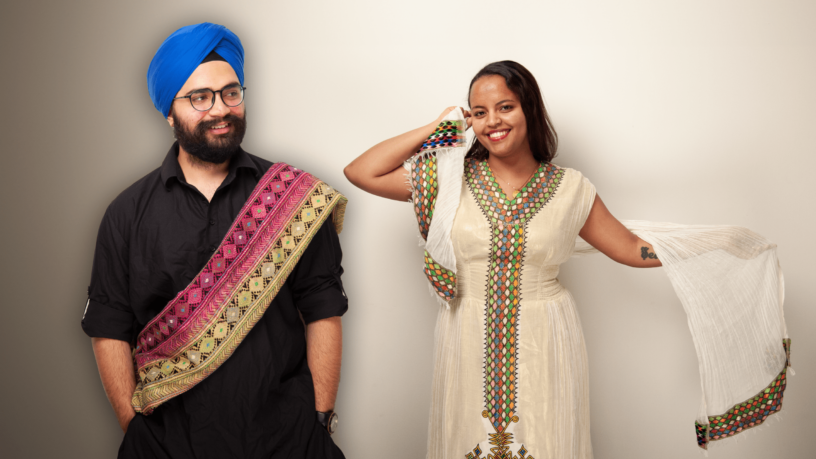




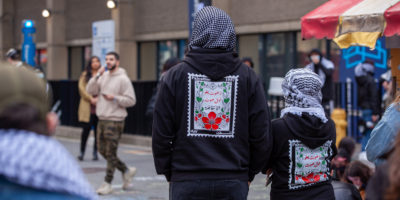
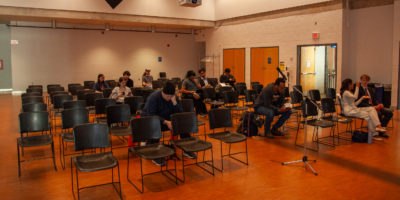


Leave a Reply